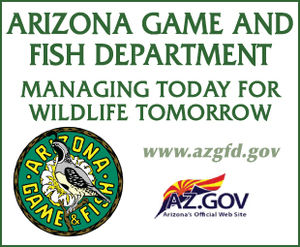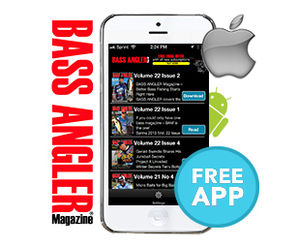Emergency Beacon Knowledge
BoatUS Foundation Tests Your Emergency Beacon Knowledge
September 1, 2022

AVAILABLE -- The BoatUS Foundation offers GPS-enabled, 406-MHz Personal Locator Beacons for rent, as well as EPIRBs.
Take this four-question true-false quiz; rental beacons available.
The proliferation of personal locator beacons (PLBs), whose diminutive size belie their enormous on-water safety advantage, are no longer thought of exotic rescue electronics. "PLBs are user-friendly and easy to maintain, and we are seeing more boaters using them as a mainstream rescue device," said BoatUS Foundation for Boating Safety and Clean Water Assistant Director of Boating Safety Ted Sensenbrenner.
However, do recreational boaters fully understand the difference between a PLB and its larger cousin, the Emergency Position Indicating Rescue Beacon (EPIRB)?
The BoatUS Foundation has a four-question true-false safety quiz to help boaters understand the benefits of each.
1. True or false? It's OK to use a PLB instead of an EPIRB for your boat.
False. "A PLB doesn't check all of the boxes," says Sensenbrenner. "Some boaters believe they can substitute a PLB for a vessel-specific EPIRB and have similar safety benefits. That is a mistake."
A PLB is designed to be small and easy-to-wear, and it has smaller batteries with a shorter lifespan compared to an EPIRB. Perhaps, most significantly, only EPIRBs activate automatically upon submersion. The best setup for heading into a remote end of the lake or to the wild end of the coast is having a EPIRB assigned to the boat, and individual PLBs for each crewmember.
2. True or false? The best place to attach a PLB is your pant belt loop, foul weather jacket breast pocket, or zippered pouch in a life jacket.
True. To get the full benefit of a PLB, it must be securely attached to the wearer's body. All of these attachment points are good as long as there is a firm connection – a clip, snap-ring, lanyard or other securing device. If you decide to connect it to an inflatable life jacket, ensure the PLB will not interfere with its inflation.
3. True or false? Cellphone communications have improved so much that a boater doesn't need a PLB to summon emergency help.
False. While cellphones are an acceptable secondary means of calling the Coast Guard, more boaters unfortunately use them today as their only way to seek emergency help. That's where the problems begin, especially when there is no working VHF radio aboard. Cellphones fail for a variety of reasons that a PLB won't. Unlike a cellphone, an accidental drop overboard, a dying or dead battery, or a lack of a nearby cell tower will not negatively affect your chances for rescue.
4. True or false? For PWC's (personal watercraft such as jet skis), a PLB is a better choice than an EPIRB.
True. That's because PLB's, unlike EPIRB's, are manually activated and do not activate upon getting wet, a common occurrence while riding personal watercraft. PLB's are also a great choice for paddle craft operators and adventurers.
The cost of a PLB starts at around $300. For boaters who have a temporary need for a distress beacon such as a long-distance race, adventure regatta, offshore fishing tournament or summer cruise, the BoatUS Foundation offers GPS-enabled PLBs available for rent at $7 a day and EPIRBs for just $10 a day, and weekly rates available as well. Renting from the Foundation eliminates having to register the device with NOAA before your trip; your vessel's data is seamlessly provided to U.S. Coast Guard rescuers to help ensure a swift response if needed.










Reader Comments(0)